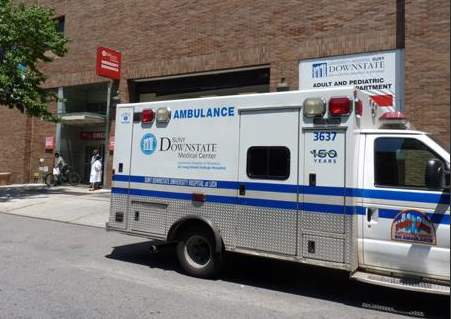OPINION: Freestanding emergency rooms: advice from a former asthma patient

Recently, the Brooklyn Daily Eagle reported on two proposals for the troubled Long Island College Hospital: The Fortis-NYU-Lutheran plan and the Brooklyn Hospital Center plan. Among other things, both of them feature what could be described as “freestanding emergency rooms.”
Could freestanding emergency rooms (also known as freestanding emergency departments) work? It’s a matter of controversy. According to Healthcare Design magazine, there were 241 such facilities in 2009. They now exist in 16 states, according to the magazine. There’s even a firm, First Choice Emergency Room, which provides these resources throughout the western states.
Some critics say that a freestanding ER would have a hard time getting approved by the state Department of Health. I can’t offer a definite opinion, since I’m not an expert. But I can talk about my lengthy experience as an emergency room patient.
